Role
Planning Director

Defined
The Planning Director ensures planning decisions are made in alignment with short- and long-term strategic priorities and within resource constraints.
Challenges and Opportunities
In your role, what are the most critical challenges and opportunities? Looking across the agency, what capabilities are required to successfully take them on? How can you help build the necessary capabilities? The first step is to understand these challenges and opportunities in terms of the major change forces that are driving them.
| Change Forces | Challenge/Opportunity | Your Responsibility |
|---|---|---|
| Technology Advancement | Technology advancements, change the types of data, tools and resources available to make planning decisions, create a need for new modeling techniques and shorten the planning time horizons. | Aligning Skills to Needs. Help the agency adjust planning practices to leverage new technology, incorporate modeling and forecasting practices and consider shorter planning cycles. Technology Adoption. Lead the transition to new data sources and tools through proofs of concept, pilots, etc. |
| Shift in Role and Focus | Planning practices need to evolve to better integrate multimodal travel and broader societal goals, including equity and economic vitality and the environment. This also requires new ways of working together within the various agency business areas. | Operations Focus. Help the agency’s planning practices and outcomes evolve to reflect multi-modal travel and incorporate scenario-building, multiple objective prioritization and evaluation practices. Help the agency work more effectively across business functions, and incorporate operations, modal and divisional priorities. |
| Legislation, Regulation, and Funding | Responding to new legislative requirements requires short- and long-range planning processes, methods and documents that incorporate performance outcomes and a system viewpoint. | Agility and Resilience. Adapt planning processes to incorporate performance management and multi-agency planning processes to meet new legislative requirements. |
| Public Expectations | Increased expectations for transparency and accountability create the need for planning practices that incorporate public input and support system performance as well as broader societal goals. | Transparency. Advance planning practices that link to positive performance results while incorporating stakeholder input. |
Strategies and Resources
What strategies can you apply now to meet today’s challenges and prepare for future opportunities? What resources are available to help support these efforts?
Where to Begin
- Monitor policy issues facing transportation and develop strategies to respond
- Understand the agency gaps to incorporating and leveraging effective mode-neutral performance-based planning and asset management
- Keep in touch with Planning Directors in other DOTs to learn about noteworthy practices and lessons learned
- Foster internal relationships, develop new methods and practices to plan effectively across organizational silos and leverage new data and technology
- Monitor new federal requirements, confer with agency leaders, and identify and respond to needed adjustments
- Work with the Communications Lead to craft messaging that reflects the operational and multi-modal focus, and expresses the agency’s integrated planning approach
Strategies
- Performance Management - to ensure the agency’s short- and long-term plans reflect and make progress toward its evolving business objectives and incorporate scenarios and consideration of multiple performance areas into the planning process
- Knowledge Dissemination – to improve internal capability to communicate across organizational silos and enhance transparency with stakeholders
- Learning Organization – to create a culture of transparency and accountability
- Collaborative Agreements – to collaborate across jurisdictions and with modal partners and to create transparency and accountability for results
Resources
- Eno Center for Transportation
Research, legislation and policy information related to critical transportation issues
https://www.enotrans.org/etl-material/15787/ - AASHTO Committee on Planning
Committee for all planning topics, including regulations, practices and emerging approaches
https://cop.transportation.org - TRB Executive Committee: Critical Issues in Transportation 2019
Summary of the top issues facing transportation today, including issues affecting transportation planning and policymaking
http://www.trb.org/Main/Blurbs/178402.aspx - NCHRP 20-24 Series
This project series comprises research directed at CEOs and other top managers of the state DOTs. Research includes topics related to transportation for economic development, management, and communication, as well as reports on leadership peer exchanges and CEO forums
https://apps.trb.org/cmsfeed/TRBNetProjectDisplay.asp?ProjectID=560 - FHWA Policy and Governmental Affairs
Includes highway policy information, transportation policy studies, international programs and legislative affairs and policy communications
https://www.fhwa.dot.gov/policy/ - NCHRP 20-102(09), Report 896: Updating Regional Transportation Planning and Modeling Tools to Address Impacts of Connected and Automated Vehicles, Volume 1
TRB's NCHRP Research Report 896: Updating Regional Transportation Planning and Modeling Tools to Address Impacts of Connected and Automated Vehicles, Volume 1: Executive Summary summarizes guidelines to help agencies update their modeling and forecasting tools to address expected impacts of connected and automated vehicles (CAVs) on transportation supply, road capacity, and travel demand components.
http://apps.trb.org/cmsfeed/TRBNetProjectDisplay.asp?ProjectID=4008 - NCHRP Report 798 The Role of Planning in a 21st Century State Department of Transportation: Supporting Strategic Decision-making
TRB’s NCHRP 08-36/Task 113, Report 798: The Role of Planning in a 21st Century State Department of Transportation—Supporting Strategic Decision-making, summarized how planning units in state departments of transportation can more effectively support strategic decision-making. This research aims to explore and provide guidance on how planning by state DOTs can best influence future decisions to positively impact transportation services, operations, and projects.
http://www.trb.org/Publications/Blurbs/172210.aspx